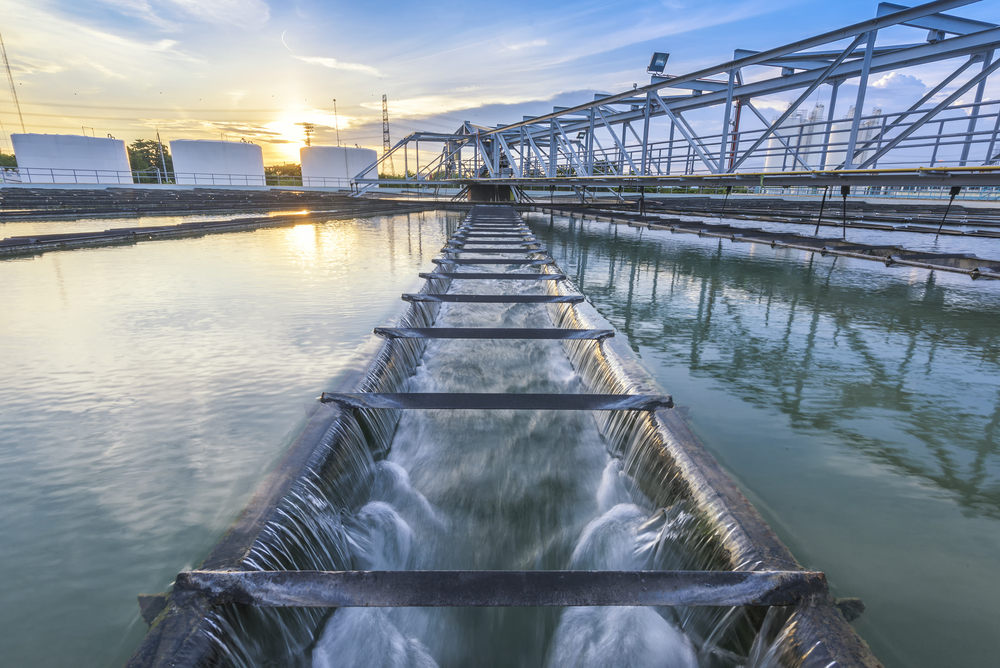4 Takeaways from London Design Festival 2025
Last Saturday, I took a trip to London to catch the tail end of the 2025 edition of the London Design Festival, specifically the Material Matters event at Space House and Morrama’s open studio in Hackney Depot. Here were my 4 key takeaways:
1. Competition is in the implementation, not the know-how
The challenges of our time require us to grapple with some big topics, demanding us to build a new knowledge base and then instantly flip it into a commercial application, positioning ourselves as confident, trustworthy subject-matter experts. It’s our skill set and experience with varied project work as a creative collective that prepares us well for this; however, we can’t do this alone. The topics are too vast and the speed of change is so breakneck!
This is why I’m relieved when I stumble across people sharing their learnings for the greater good of both our immediate and wider community. This time, the shout out goes to Priestman Goode, who were exhibiting their ‘Route to Zero’ strategic framework.
I could spend hours talking about the content here, but instead, I’ll give you a special shout-out to their Material Mind database - an online filterable material database constructed in such a way to make the sea of sustainable material options navigable for creatives. Unusually, it’s also not behind a paywall!
2. Opportunities exist beyond your silo
A large proportion of the Material Matters exhibit was aimed at the architecture cohort; however, there were still many opportunities for interesting discussions related to a product application.
One particular case study that caught my attention was Tarkett’s approach to building a separable and recyclable carpet tile. One of the objectives during this development was to replace the use of bitumen, a toxic petro-based sticky mess, with a bio-based alternative.
The result ended up coming from conversations with operators across two different industries about their ‘waste’ or byproducts from the manufacturing processes. First, the team identified that the Scandinavian paper industry generates surpluses of pine rosin, or tall oil, during production. Similarly, they found that the Dutch water treatment operators created surplasses of calcium carbonate, or chalk, during their filtration of clean drinking water.
The combination of these two materials forms the basis of the company’s DESSO Eco-base, which I’m told can be fully closed-loop recycled in Tarkett’s facility at the end of each tile’s service life.
The lesson here: stray outside of your lane from time to time, and you might be pleasantly surprised by what you find! Perhaps someone else’s challenge or pain point also happens to be your solution…?
3. Storytelling is our superpower
The most attention-grabbing and intriguing exhibits on display all contained a rich backstory. Whether it was countertops and bricks made from recycled coffee cups or 3D printed headphones coloured with organic materials, each of these objects was elevated beyond their physical presence by the story behind their creation.
My personal favourite was the fragments of seashell visible in KIBU’s limited run of organically coloured PHA 3D-printed headphones, produced by Batch.works and on display at Morrama.
The ability to craft a rich story around a physical product could well be our superpower against the pressure of undercutting, reducing sentimental attachment and lack of accountability that comes with the rise of the online marketplace retail model.
4. Not all shared creative spaces are created equal
Morrama win my award for one of the coolest studio spaces that I’ve set foot in in quite some time. The team share a creative co-working space in the old Hackney Depot, which is filled with interesting architectural features and quirks.
The context of your surroundings is often underestimated in creative teams, but nobody could accuse this studio of making such a mistake. In fact, if inspiring surroundings are the yardstick, I’d expect more exciting projects to be coming from this team soon!














